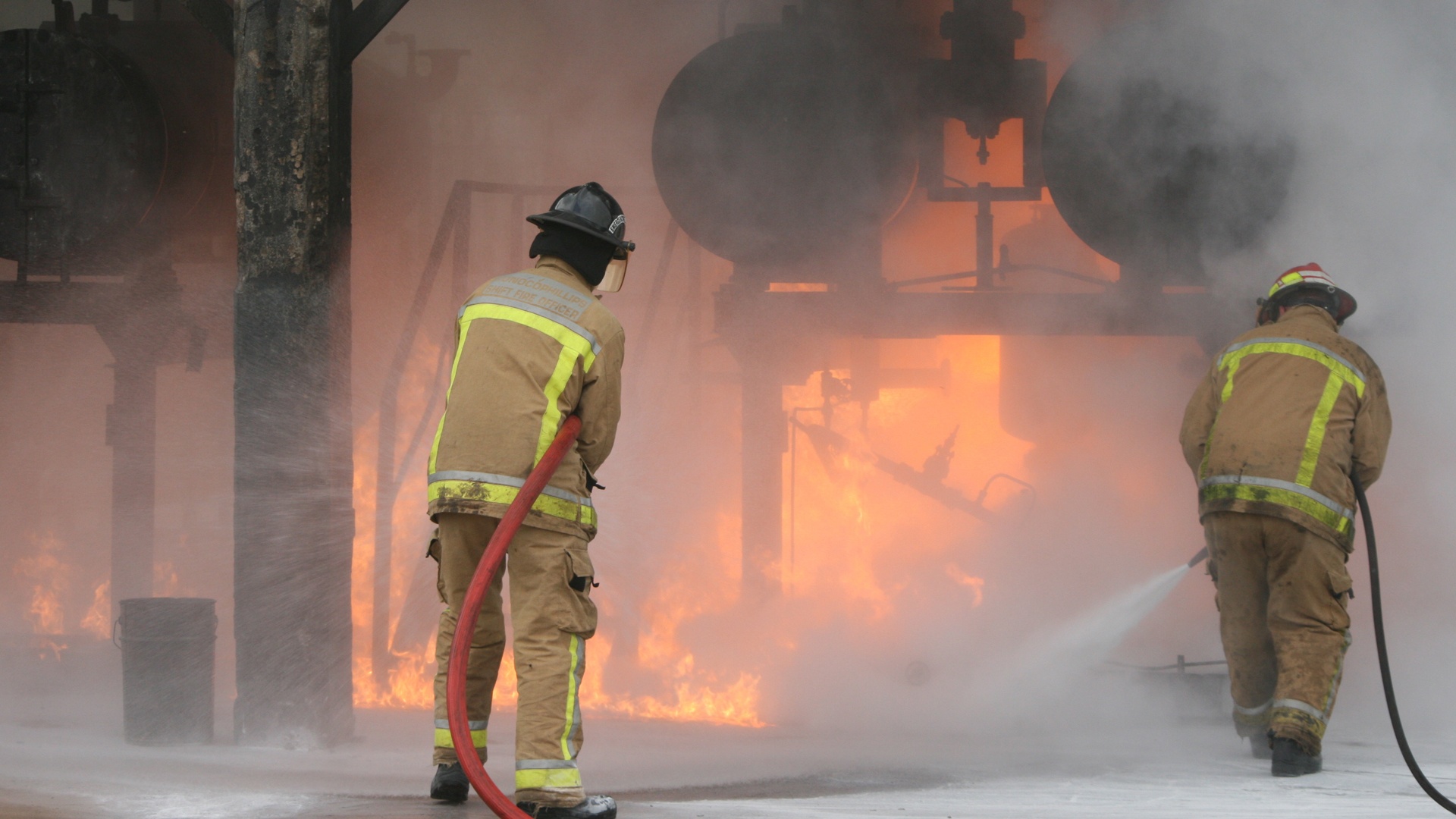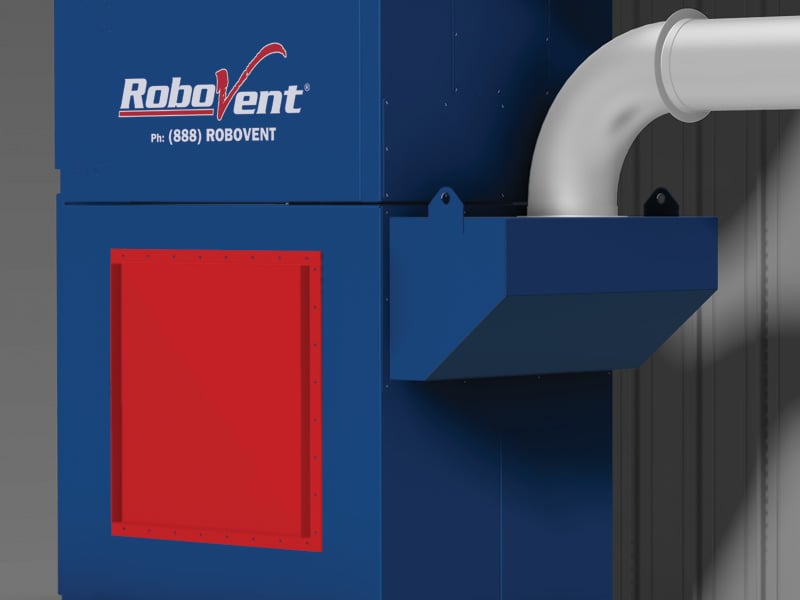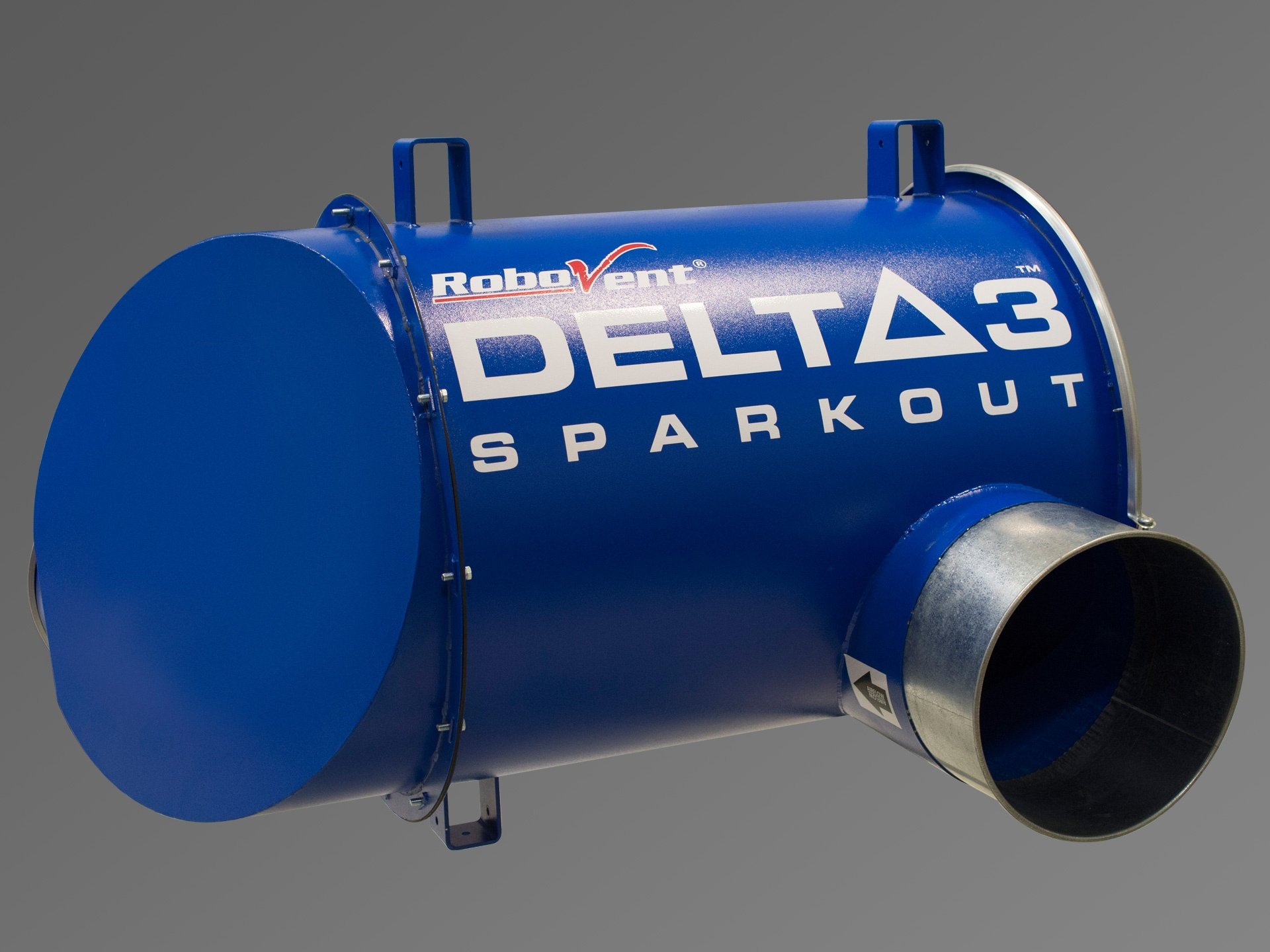10 Ways to Reduce the Risk of Combustible Dust Explosions
Manufacturing facilities are almost always at risk for combustible dust explosions.The risk is even greater when processes produce sparks (ie. welding, grinding and metal cutting) and dusts aren't captured properly. Fortunately, most explosions are preventable. Here are 10 ways to reduce the risk of combustible dust explosions in a manufacturing facility.
 Know your dust - Simply looking up types of dust on a list of what is combustible and what is not is not adequate. Have dust tested by experts who can to determine the precise Pmax and Kst values of the dust in the shop. This will help determine the combustibility of the dust in a facility as well as how much damage an explosion could cause.
Know your dust - Simply looking up types of dust on a list of what is combustible and what is not is not adequate. Have dust tested by experts who can to determine the precise Pmax and Kst values of the dust in the shop. This will help determine the combustibility of the dust in a facility as well as how much damage an explosion could cause.
- Analyze your production line - Determine where dust is produced, where it goes and where it collects. If there are enclosed areas in production lines (such as an enclosed conveyor belt), pay special attention to how dust builds up inside the enclosure. This dust buildup is very hazardous and could potentially lead to a fire or explosion.
- Implement engineering controls - If the dust is highly explosive and difficult to control, consider replacing a highly combustible material with a safer one. Also consider changing the layout of a facility to make dust easier to collect and prevent buildup. In an ideal situation, ignition sources from cutting, grinding or welding should be positioned far away from where combustible dusts gather.
- Invest in a dust collection system – Once the dangers of the dusts have been identified and facility layout challenges are understood, work with a solutions specialist to find the most effective and efficient options in dust collection. It’s best to capture dust as close to the source of the application as possible. Fume Arms, backdraft and sidedraft tables, Crossflow Tables and Hoods are good ways capture fumes close to the source while preventing fumes from spreading throughout the rest of a facility. If a facility utilizes manual MIG welding, consider using Fume Guns that collect fume directly at the source of the weld. Also, make sure the dust collector is sized appropriately for the volume of dust the application is producing and moves air at a high enough CFM (cubic feet per minute) to keep dust from building up in duct work or other enclosed spaces.
Make sure dust collector meets NFPA standards - The National Fire Prevention Association (NFPA) sets standards for the collection of combustible dust. Dust collection systems that meet NFPA standards will have features that not only help prevent explosions, but also help minimize the damage of an explosion. For example, explosion vents are designed to release excess pressure in the event of an explosion. This vent ruptures during an explosion and directs pressure away from the building to minimize structural damage and protect workers. Similarly, RoboVent’s Isolation Valve acts as a “check valve” to prevent a pressure wave from traveling from the dust collector back into the facility and causing secondary explosions.
- Try to keep different kinds of dusts separated - If different materials are being cut on the same laser or plasma cutter, dust may be more dangerous than expected. When possible, use separate cutters or utilize different dust collectors to keep dusts separated. If that isn’t possible, it is advisable to clean out dust collection bins or hoppers and change filters before switching to different materials.
Install a spark arrestance system - An effective spark arrestor system will help prevent sparks from entering a dust collector or duct work, protecting equipment, facility and employees from harm. This is especially important for processes that produce large numbers of sparks near the area where dust is being collected.
- Protect your investment – Keep up with regular maintenance of dust collection system. To do this, work closely with the company that manufactured the equipment and be sure to conduct preventative maintenance regularly. Some companies offer service or maintenance programs to take the burden off of a manufacturer's staff and to ensure the equipment continues to operate at maximum efficiency. For example, the RoboVent ClientCare program offers three levels of service so companies can choose the option that makes the most sense for their needs.
- Implement housekeeping procedures - Implement housekeeping procedures that reduce the spread of dust. Use vacuums with filters rated for your specific dust type rather than brooms and dustpans which can simply kick dust back up into the air. Make sure employees know how to empty dust collector bins without creating dust clouds. Clean equipment surfaces regularly as to not allow excess dust to build up on horizontal surfaces.
- Be vigilant – Now that the investment has been made in the health and safety of employees and equipment, be sure to take care of it. Continue to monitor indoor air quality, especially when materials, processes and frequencies change. If the layout of the facility changes, work with an air quality expert to make sure equipment continues to operate properly in a new configuration. Keep up with regular maintenance of the equipment and don’t neglect regular housekeeping procedures. The smallest details can make the biggest difference.
Learn more about combustible dust explosions in this article printed in FABShop Magazine.
Contact Us With Your Questions!
SUBSCRIBE TO
BLOG UPDATES










